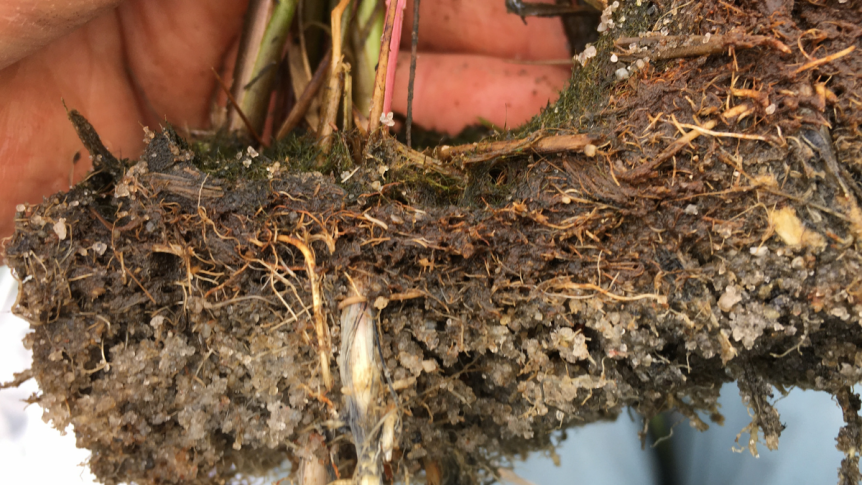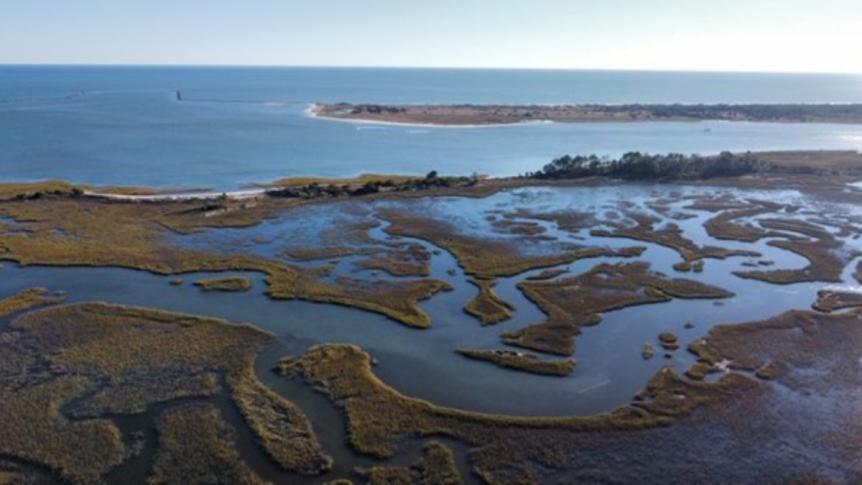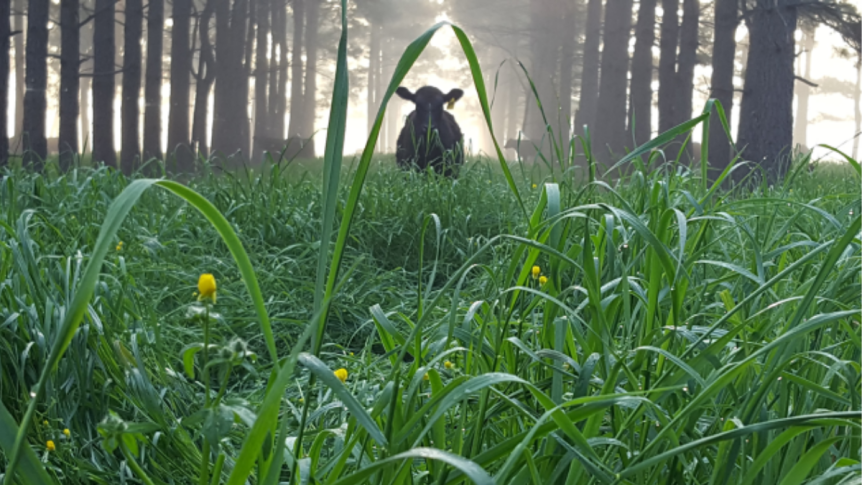Tidal marshes are wetlands that are covered with incoming tidal water twice a day. These marshes may be as small as narrow fringe along a tidal creek or miles across in estuaries with adjacent flat landscapes. There are nearly 40 million acres of tidal marshes along the Atlantic, Gulf, and Pacific shores of the US. … Continue reading How do tidal marshes store carbon?
Tag: carbon
What is a soil carbon credit?
Agriculture is essential to ensuring global food security. However, the agricultural industry is also one of the largest sources of greenhouse gas emissions. Some agricultural practices can release carbon dioxide, nitrous oxide and methane into the atmosphere. Incentivizing climate-smart farming practices by creating “soil carbon credits” is one way to reduce the impact of agriculture … Continue reading What is a soil carbon credit?
What is blue carbon, and why is it important?
“Blue carbon” is a term for carbon captured by the world’s oceans and coastal ecosystems. Mangrove forests, tidal marshes, and seagrass beds are the main vegetated coastal areas that store vast amounts of blue carbon. It’s not really blue – it’s named after the color of the ocean. But blue carbon is an important tool … Continue reading What is blue carbon, and why is it important?
What drives roots’ decomposition and carbon storage in grassland soils?
You most likely know that roots are important for grasses to grow, but the roots help do other things, too. They build soil carbon and support other life forms in soil. But did you know that various management tactics can force grass roots to break down, decompose, and add to the stored carbon pool in … Continue reading What drives roots’ decomposition and carbon storage in grassland soils?




